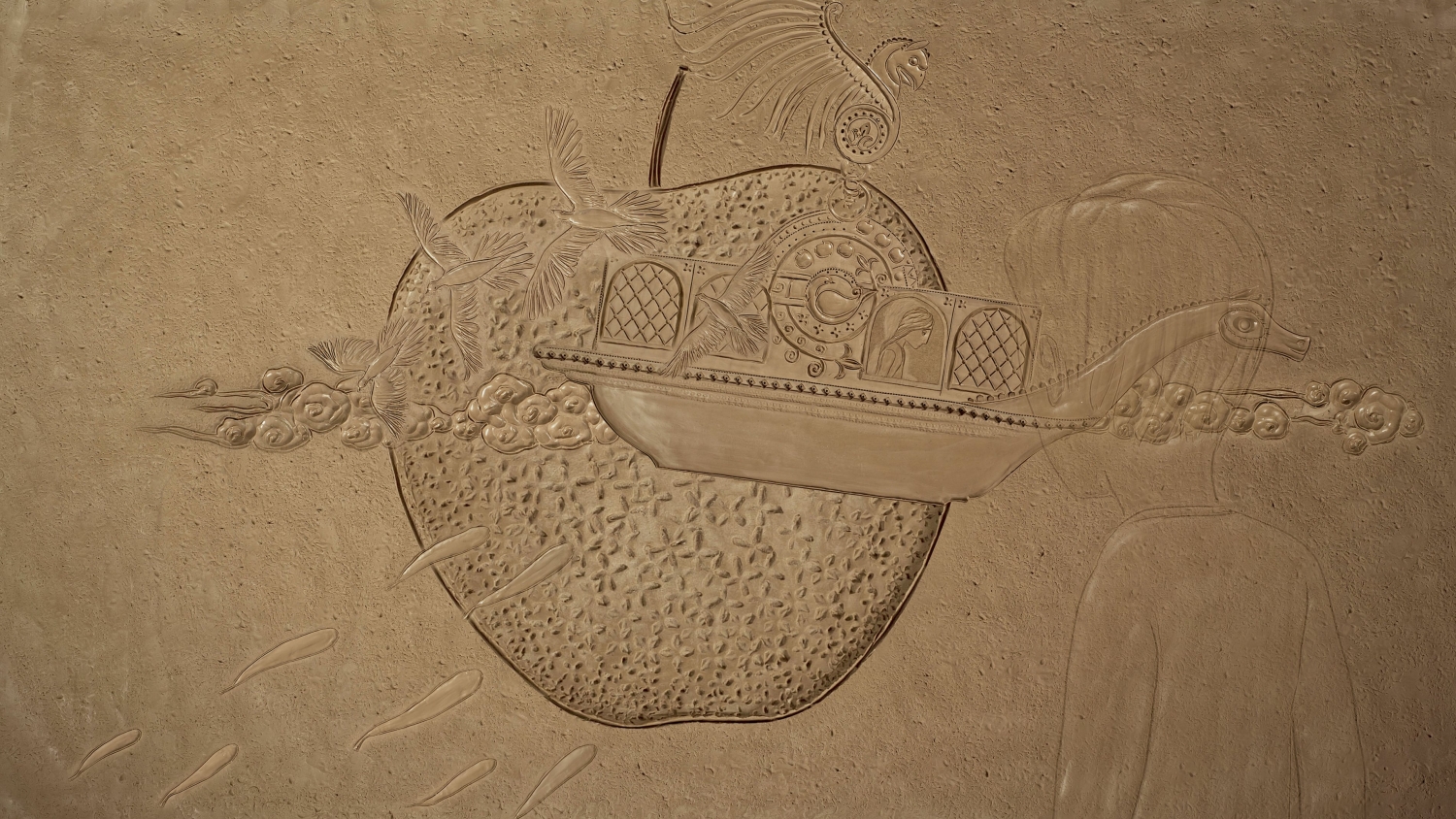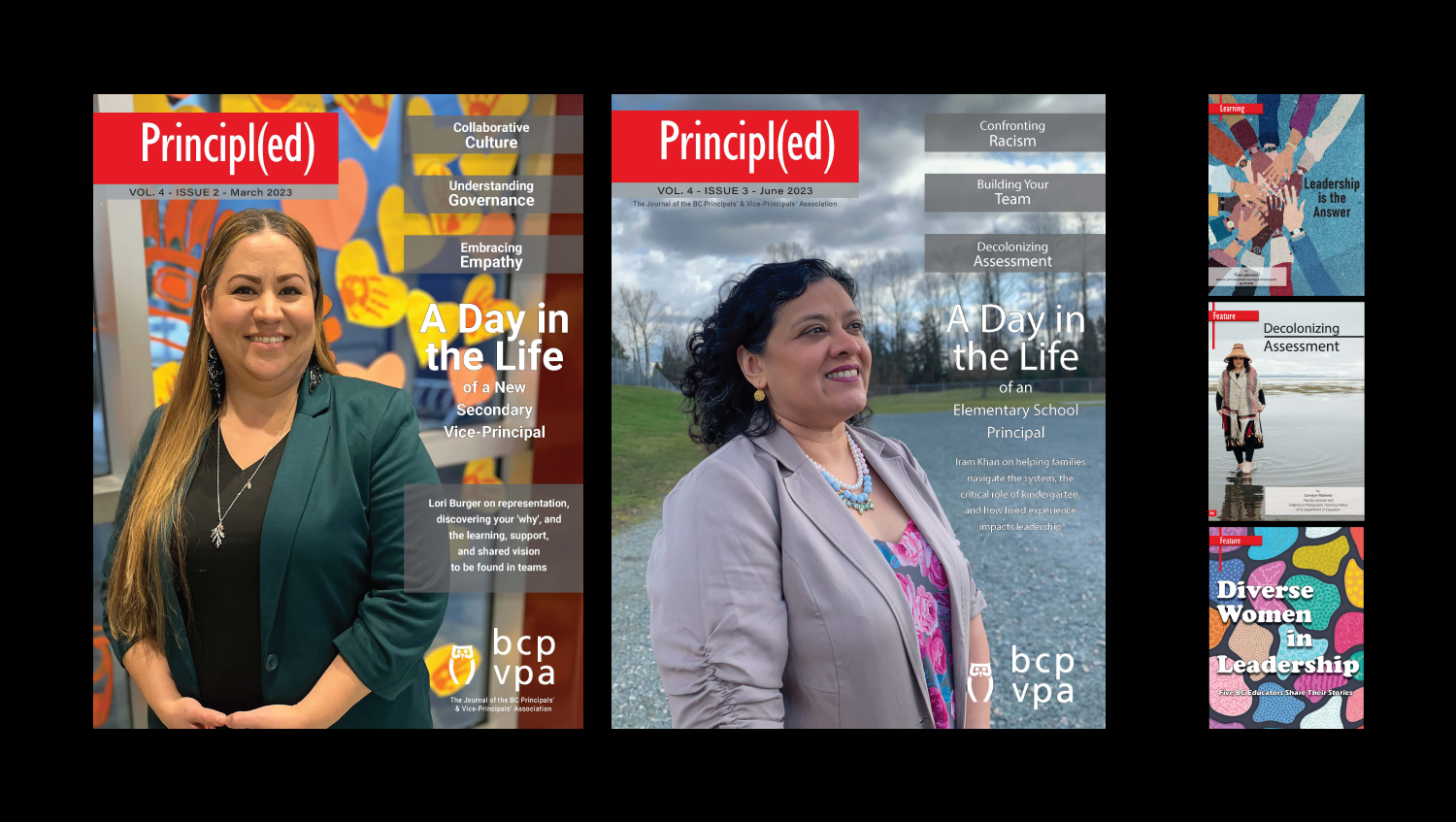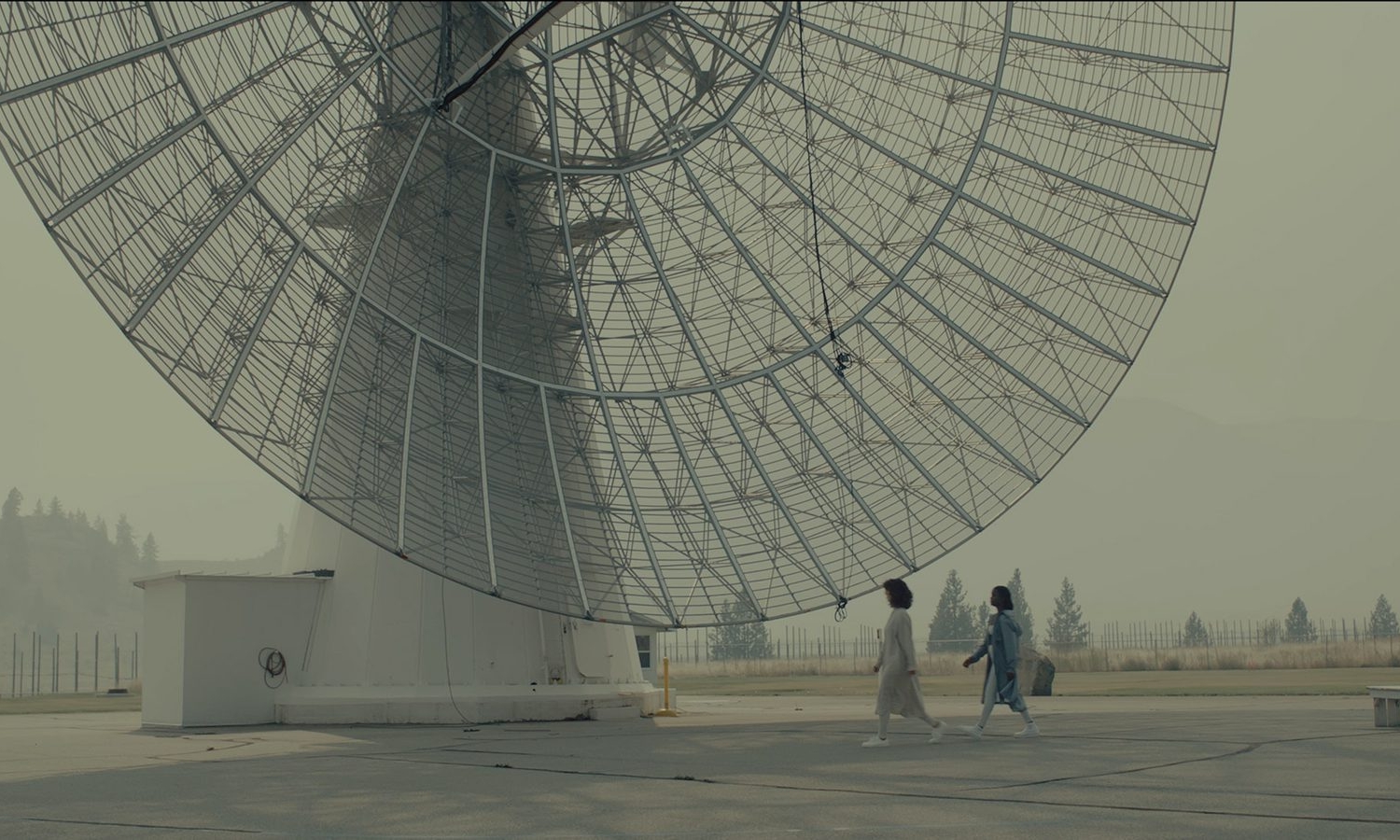When a young woman leaves her homeland in search of a better future, she brings with her a single memento from her past: a ripe apple studded with fragrant cloves. But just as her new life is beginning to unfold, tragedy strikes, calling her home.
In Kurdish culture, Sêva mêxekrêj, or the clove apple, is more than a simple keepsake—it embodies the deepest and most profound human emotions. In traditional folktales and stories, apples were gifted to a beloved as a token of romantic love, but in recent years clove apples have taken on even greater meaning and become potent symbols of cultural exchange and peace.

2023 National Film Board of Canada, Two Apples
Embroidered with magical futurism and near-Proustian elegance, Bahram Javahery’s animated short Two Apples employs a painstaking technique of hand-carved clay animation akin to a form of bas-relief. Incorporating elements of light and shadow, the film creates movement that is both sculptural and fluid. With gentle tactility and exquisite attention to detail, Two Apples becomes the physical embodiment of the story it is telling: a labour of love infused with timeless humanism that recalls a sense of belonging, of home and the tender perfume of hope.
Two Apples employs an innovative animation technique that uses the play of light and shadow to fashion a sense of fluid movement. Director Bahram Javahery hand-built an animation stand in his home studio in Coquitlam, B.C. to create a unique form of carved relief. In addition to the animation stand, Javahery devised his own tools for this painstaking technique, drawing upon his earlier experience working as an animator and artist in Iran. Other forms of Javahery’s creative work, such as paper cut-outs, also played a critical role in the design of the film.
The labour-intensive process involved creating the illustrative elements (i.e., character designs and settings), which were then transferred from storyboards to 2D models. Using a digital camera that was attached to the animation stand, the movement of individual characters was carved into a slab of clay. A lighting rig, encircling the image, was used to alternate between light and dark, creating an inversion of negative and positive space. Projecting the 2D animation, one frame at a time, Javahery carved the clay to create negative space, which was then lit to create a sense of movement.
Although the intricacies of this technique required close precision, the resulting work bears a fluid and immersive style, the tactility of the material grounding the story’s more fantastical elements in an earthy physicality.
The impact of Kurdish culture and tradition further infused the story with a quality of timelessness and modernity. The critical importance of cultural exchange was a key element in the film, integral to its message of hope and peace. In this fashion, technique and story are inextricably bound together, creating a seamless fusion of art and emotion.

2023 National Film Board of Canada, Two Apples
What was your initial inspiration for the film?
As an artist, I create art based on my experience. My family and I immigrated to Canada from Iran in 2001. Being an immigrant is a complicated experience with many highs and lows. I wanted to explore this experience—leaving my home, choosing to come to Canada, and rebuilding a life here with my family—in Two Apples. In the film, the main character is a young woman named Gina. Like many immigrants arriving in Canada, she leaves her home in search of a better future while remaining deeply connected to her homeland and her loved ones still living there.
How did you develop the animation technique for this film?
Technique is central to all of my work. Throughout my career as an animator in Iran, I developed different animation techniques for each of my movies. Sometimes I come up with the technique before the story, sometimes the story comes before the technique. There is always a back and forth.
In Two Apples, I wanted to create a fluid and immersive experience. Clay was a good option because of its earthy look and its malleability. I ended up building a custom animation rig that would allow me to individually carve each 2D frame in clay while lighting it in a way that created a negative and positive space.

2023 National Film Board of Canada, Two Apples
Could you talk about the role that your own cultural heritage played in the making of the film?
We cannot be separated from our culture, it is inside us. For an artist, this becomes a layer in our work. Some aspects are invisible and nobody notices them, even the artist themselves. Others are not; for example, in the film there is the use of important Kurdish symbols such as the clove apple. In my culture, clove apples are symbols of peace and love. In this film, they represent the power of cultural exchange.
I also decided to include a zoetrope. Did you know that the zoetrope in the film was inspired by a 5,200-year-old earthenware goblet made in the Bronze Age? It was discovered in southeastern Iran, and it depicts a series of sequential drawings of a goat eating the leaves off a tree. I wanted to showcase this important symbol of the history of animation in Iran.
What would you most like audiences to take away from the film?
The thing that makes Canada so beautiful is that it is home for so many different communities and cultures. However, being an immigrant is not easy. I wanted to reflect on and share these complicated feelings and experiences in Two Apples.
Produced by the National Film Board of Canada, Two Apples screens at the Vancouver International Film Festival‘s Short Fuse Program: Saturday October 07, 2023 at 6:00 PM PST.


